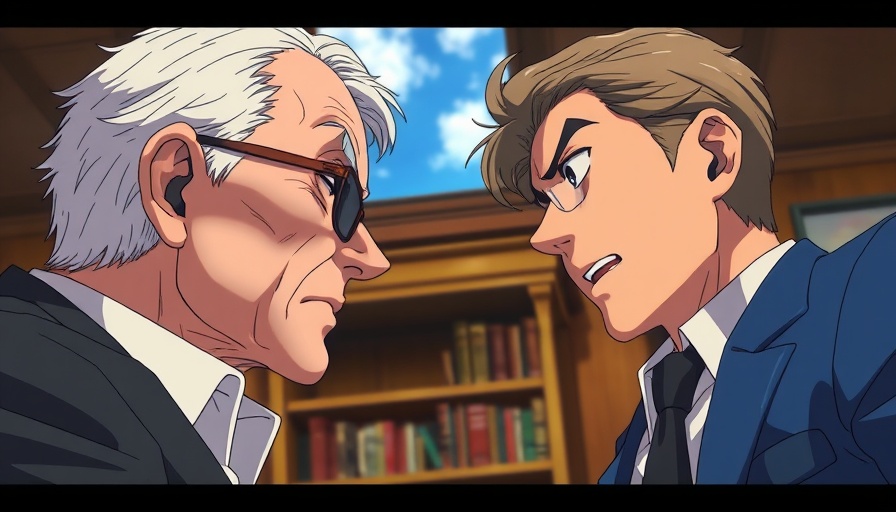
AI Tools Generate Controversy: OpenAI's Ghibli-Style Images Under Scrutiny
In a surprising twist, OpenAI's new 4o tool is stirring the pot by generating images in the beloved style of Studio Ghibli, a Japanese animation studio known for its artistic flair. This capability, however, has raised eyebrows regarding copyright policies. Users of the paid ChatGPT service have been able to create these enchanting images, while those using the free version report strict refusals.
The Dichotomy of AI Capabilities: Paid vs. Free Services
OpenAI's decision-making appears inconsistent. While the free version of ChatGPT, which utilizes the DALL-E 3 tool, outright denies requests for Ghibli-style images citing copyright protection, the 4o tool for paid users seems to allow it. A spokesperson from OpenAI explained this divergence, stating that the service has a policy against generating images in the style of living artists, like Hayao Miyazaki, who co-founded Studio Ghibli. Yet, the allowance for 'broader studio styles' complicates the narrative. Are these AI-generated images infringing copyright, or have creators found a loophole?
Understanding Copyright in the Age of AI
Copyright laws are becoming increasingly crucial as AI tools like OpenAI's 4o evolve. The line between inspiration and infringement is thin, especially when machine learning algorithms produce art in the distinct style of a well-known brand. As these tools gain traction, understanding their implications on creative rights becomes essential. The tension between technological advancement and artistic ownership shines a light on the need for clearer regulations that can keep pace with rapid developments in AI.
The Future of AI in Art: Navigating Ethical Waters
As AI continues to reshape the landscape of artistic creation, questions about ethics and legality abound. The scenario involving OpenAI suggests a future where proprietary styles may be at risk of dilution through AI-generated content. If more studios and independent artists demand recognition and compensation for their styles, it could lead to significant changes in how AI models are trained—increasing the likelihood of partnerships or licensing agreements to navigate these muddy waters.
What This Means for Creatives and Consumers Alike
For artists who draw inspiration from existing works, this situation raises essential queries about their future. With technology advancing, will their artistic styles be used without consent? While many creatives embrace the potential of AI, advocating for collaboration rather than competition offers a route to secure their work. Understanding the implications of AI in the arts could lead to new opportunities for artists to innovate, rather than fear obsolescence.
Deciding Between AI Innovation and Copyright Integrity
As we navigate this complex relationship between AI and the creative process, it is imperative for both developers and users to consider the moral implications of their choices. The collision of innovation and tradition invites a thoughtful discussion about how we can harness AI as a tool for advancement without undermining the creators who inspired such technologies. The future of AI in the arts hinges on our ability to balance progress with respect for existing intellectual property.
With new AI technologies continually emerging, keeping informed is more vital than ever. Engage with ongoing discussions, advocate for responsible AI use, and ensure artists' rights are respected in the age of machine learning. This not only preserves artistic legacies but also creates a robust framework for the future of creativity.
 Add Row
Add Row  Add
Add 




 Add Row
Add Row  Add
Add 

Write A Comment